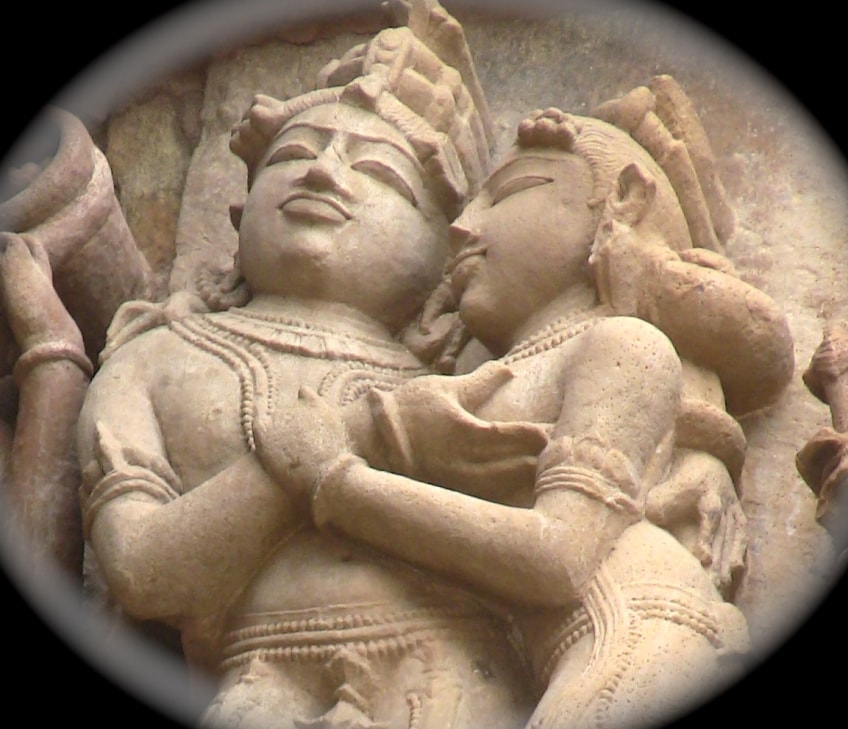
In its essence, the path of tantra reveals the secret experience of Oneness, the bliss of the union of opposites, the realisation of the inter-connectedness of everything in the universe and the expansion and transcendence of ordinary consciousness to reach supraconsciousness.
It is a path of mystical experience which ultimately transcends the mind.
The goal is total personal transformaton of our entire being, leading to the realisation of the Inner Self.
A path is different from a philosophy because it implies a practical methodology - a technology of transformation
Practices may consist of rituals, visualisations and chanting of mantras. Tantric teachings were traditionally passed on,through initiation, from master to disciple.
According to Ramankantha, a 10th century Tantric Scholar, a tantra:
"is a divinely revealed body of teachings, explaining what is necessary and what is a hindrance in the practice of the worship of God; and also describing the specialized initiation and purification ceremonies that are the necessary prerequisites of Tantric practice."
Indian and Tibetan painting and sculpture are permeated by tantric iconography, often depicting deities in sexual union.
This union respresents the selfless and blissful union of the individual with the infinite, which is at the core of tantra.
It suggests that in this union, the infinite abundance inherent in divine consciousness becomes available to the individual.
The art can also be understood as representing symbols which lie deep within our subconscious.
In its essence, tantra is not about sensuality or sex, it is about the vital energy which is the source of all experiences.
Tantra says "I" and "it" are one, unified in Consciousness. The goal is for the individual to merge into universal consciousness, and to experience God within, living in supra-sexual bliss.
At another, level, tantriks can be found in small villages in India, and their role is to help the villagers solve their problems - kind of like the local medicine man.
Those interested in deepening their understanding of this vast subject could read The Vijnana Bhairava, written in the form of a discourse between Shiva and Shakti. It is a key text of the Trika school of Kashmir Shaivism.
And also relevant are the teachings of Abhinavagupta, who lived in Kashmir around the end of the tenth century. I have also written an article on him on my blog.
In the West today, fascination with teachings from the East has led to a watered-down understanding.
In today's common language, the term tantra may refer to any kind of alternative sexual practices. This is a profound misunderstanding of the original teachings, and should really fall under the label of neo-tantra
For an insight into modern tantric massage, as it is commonly offered today, please read the article on the origin of tantric massage in my blog
You can also click on our Tantra Links PAGE
to see some of our favourite books on tantra, neo-tantra and related subjects.
